We live in a constantly changing world where effective navigation is essential for a seamless experience—whether moving through a busy urban center or a sprawling hospital complex. Two terms often used in the context of spatial guidance are “signage” and “wayfinding.” Although they are sometimes used interchangeably, each serves a distinct purpose.
Signage: The Visual Cues
Signage refers to the visual elements—such as symbols, text, and graphics—that provide information or direction. These cues are strategically positioned to attract attention and communicate key messages, like exit routes, street names, or information boards. In essence, signage focuses on delivering clear, concise communication through physical means, guiding individuals to specific destinations or information points.
Wayfinding: The Cognitive Process
Wayfinding, in contrast, is the cognitive process that enables people to navigate from one point to another. It encompasses not just the signs themselves but also the user’s perception, comprehension, and interaction with the surrounding environment. A well-designed wayfinding system goes beyond simply placing signs—it creates an intuitive navigation experience that minimizes confusion and enhances comfort.
The Wayfinding Strategy: Bridging the Gap
A comprehensive wayfinding strategy bridges the gap between signage and human navigation behavior. It goes beyond the physical design and placement of signs to include an understanding of how people perceive and move through spaces. Each strategy is uniquely tailored to its environment, taking into account factors such as user demographics, cultural context, history, location, and spatial complexity.
Conducting a wayfinding audit is a vital step in developing an effective strategy. This process involves evaluating the existing signage system, analyzing how users interact with the environment, and gathering feedback to identify pain points. The insights gained from the audit help pinpoint weaknesses and opportunities for improvement—ultimately creating a more intuitive and stress-free navigation experience.
Signage and Wayfinding: A Supportive Relationship
Signage plays a crucial role within any wayfinding strategy. When well-designed and thoughtfully placed, signage guides users through complex environments, supports decision-making, and provides reassurance that they’re moving in the right direction. In essence, signage is the physical expression of the broader wayfinding strategy—a visual roadmap that helps people navigate spaces confidently and efficiently.
Summary: Navigating the Difference
In essence, the difference between signage and wayfinding is much like the relationship between a map and the act of reading it. Signage represents the map — the visual cues, symbols, and markers that point the way — while wayfinding is the process of interpreting and following that information to reach a destination.
An effective wayfinding strategy harmonizes both elements, ensuring that movement from point A to point B is seamless, intuitive, and stress-free, while also encouraging users to explore and engage with their surroundings.
Understanding these distinctions is vital for architects, urban planners, business owners, and anyone involved in shaping navigation experiences. By combining the art of signage design with the science of wayfinding strategy, we can create environments that are more accessible, user-friendly, and engaging — helping people find their way effortlessly, whether in a sprawling airport or a bustling city centre.
Frequently Asked Questions (FAQ)
1. What is the difference between signage and wayfinding?
Signage provides the visual cues—like symbols, text, and graphics—that guide people, while wayfinding is the process of navigating through a space using those cues. Simply put, signage is the map; wayfinding is how people read and follow it.
2. Why is wayfinding important in modern environments?
Wayfinding helps people move through complex spaces—such as airports, hospitals, and shopping centers—efficiently and comfortably. It reduces confusion, improves safety, and enhances the overall user experience.
3. How does signage support wayfinding?
Signage acts as the physical expression of a wayfinding system. When clear and strategically placed, it directs movement, reinforces decisions, and provides reassurance that users are on the right path.
4. What is a wayfinding strategy or audit?
A wayfinding strategy combines design, psychology, and spatial understanding to create intuitive navigation. A wayfinding audit reviews existing systems, user behavior, and feedback to identify areas for improvement.
5. Who benefits from effective signage and wayfinding systems?
Everyone—from visitors and employees to business owners—benefits from well-designed navigation. It improves accessibility, supports brand identity, and makes environments more user-friendly and engaging.






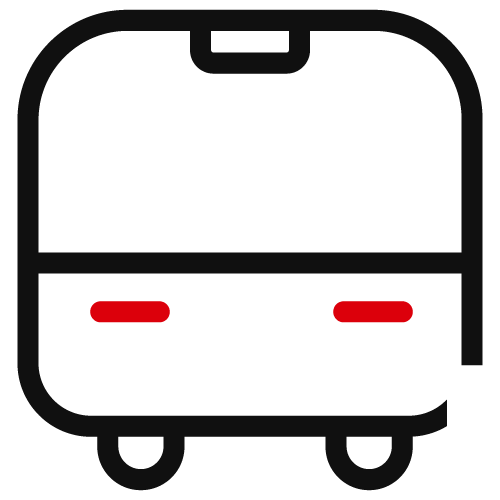
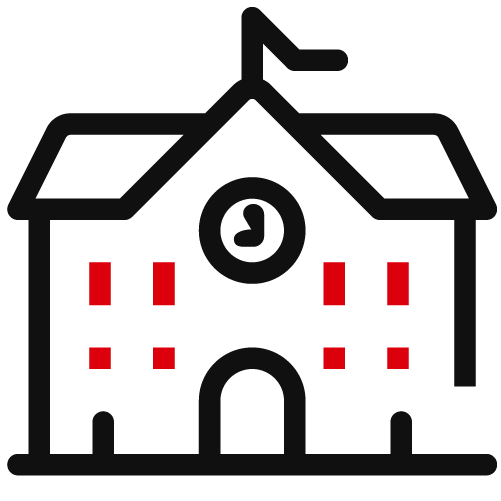


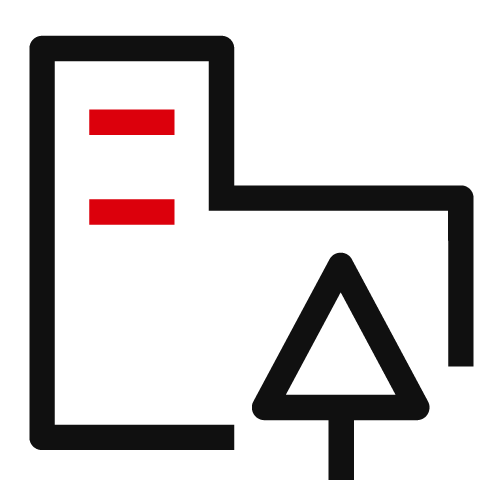

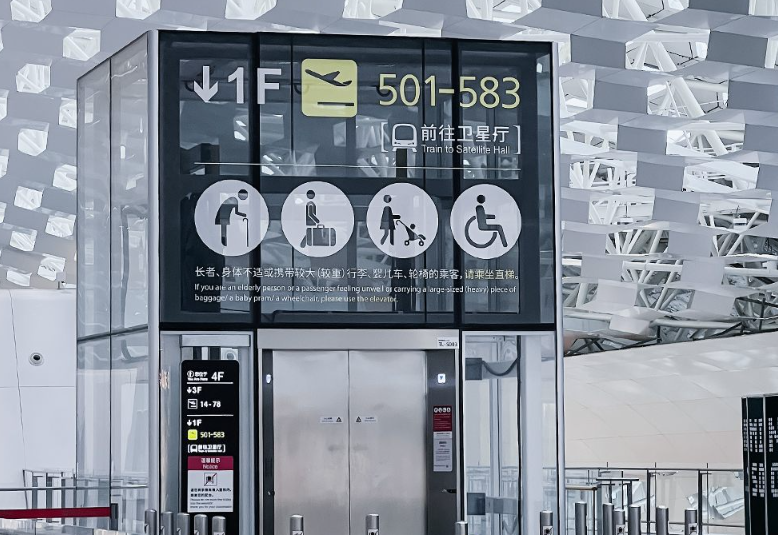
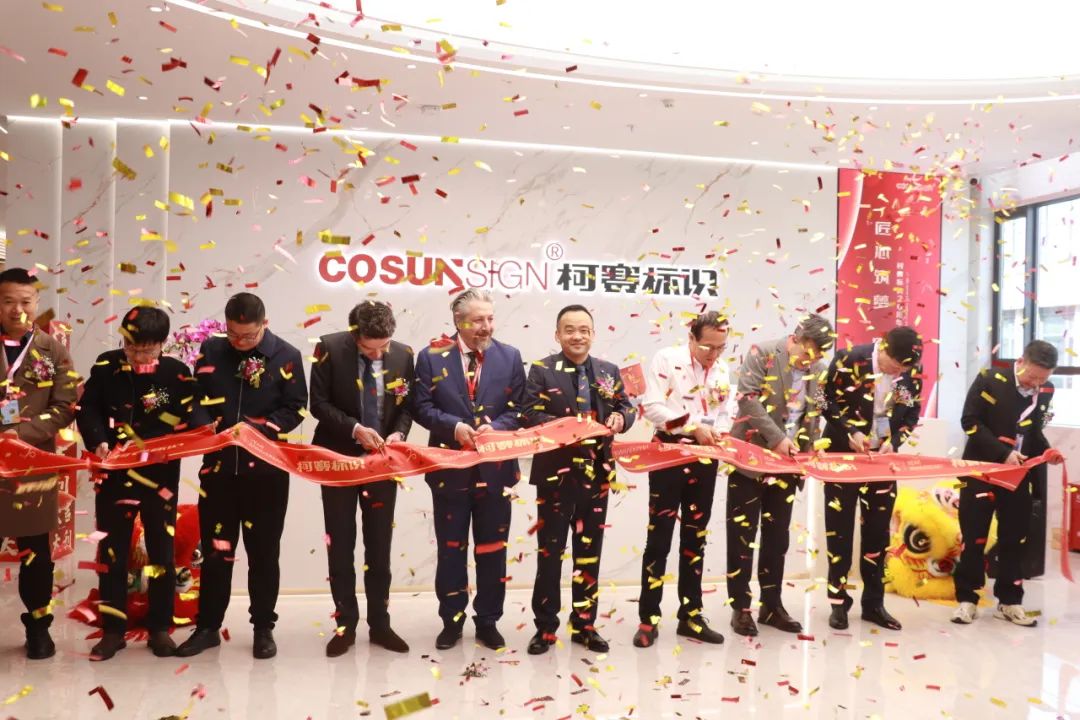



 粤公网安备44030702001648号
粤公网安备44030702001648号